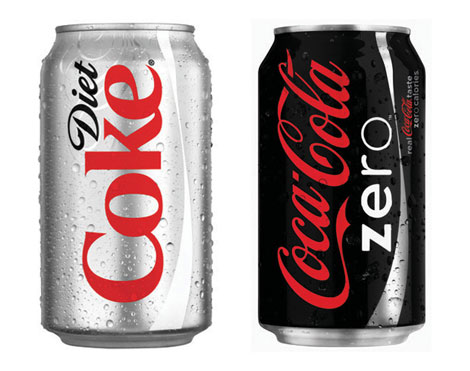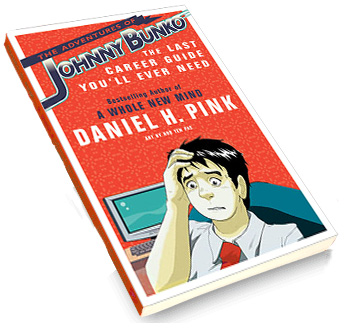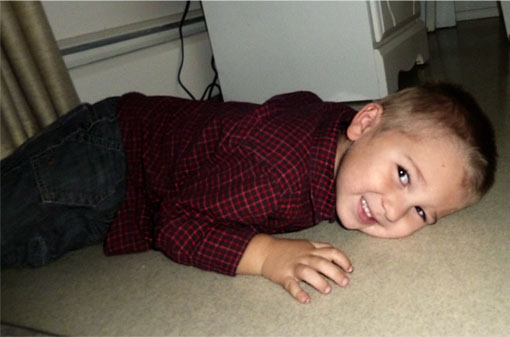As the term progresses I keep seeing strong connections between 296 and the d-studio (486J). This became quite evident over the past few days, when I began considering our next project for the studio working with Pulse Energy, AMS Catering and the new SUB.
We have been given quite a bit of lee-way with defining the scope of our project, so in order to frame the project in my head I began to write, draw and color. I began with a question:
What does energy monitoring enable?
The way I see it, energy monitoring supplies information so that we may change our behaviour. Whose behaviour are we looking to change with this project? The Catering department’s, or its customers’? And what behaviour specifically?
Catering’s energy intensiveness seems to be determined by 3 things: the efficiency of their equipment, their processes and the types of food they prepare. The move to the new SUB means all new equipment, and they have been working to improve the efficiency of their processes for the move. Of course, monitoring could help further improve Catering’s efficiency but it seems that Pulse has already developed, or is currently developing, many solutions for the business side of the equation.
For me, framing the problem around the consumer seems more open and interesting. The consumer determines what food is prepared by Catering, so if we can influence their purchasing behaviour we can lower energy consumption.
What determines their purchasing behaviour? Recall: Consumer behaviour.
1. Psychological factors (needs/motives, attitudes, lifestyle, learning, perception)
2. Social factors (family, reference groups)
3. Situational factors (purchase situation, shopping situation, temporal state)
4. Marketing mix (product, price, promotion, place)
The decision making process: Identify need -> Search for information -> Evaluate alternatives -> Purchase -> Post purchase
Where can Pulse monitoring fit in?
It seems obvious that by presenting information to consumers (while purchasing) would affect the shopping situation. Assuming the information is well presented, it could also affect the consumer’s temporal state, and their attitudes (particularly the cognitive, and perhaps the affective portions) through learning.
We can also assume that monitoring may affect price, as it provides Catering with more accurate cost information.
Further questions
What specifically does the decision making process look like for Catering’s segment? What type of information will resonate with them the most, and what is the best way to present it to them?



